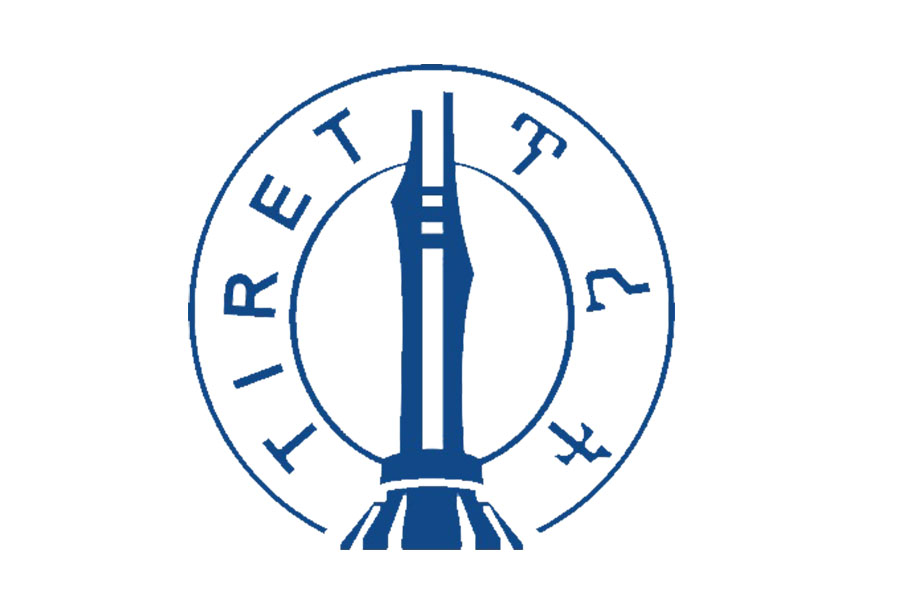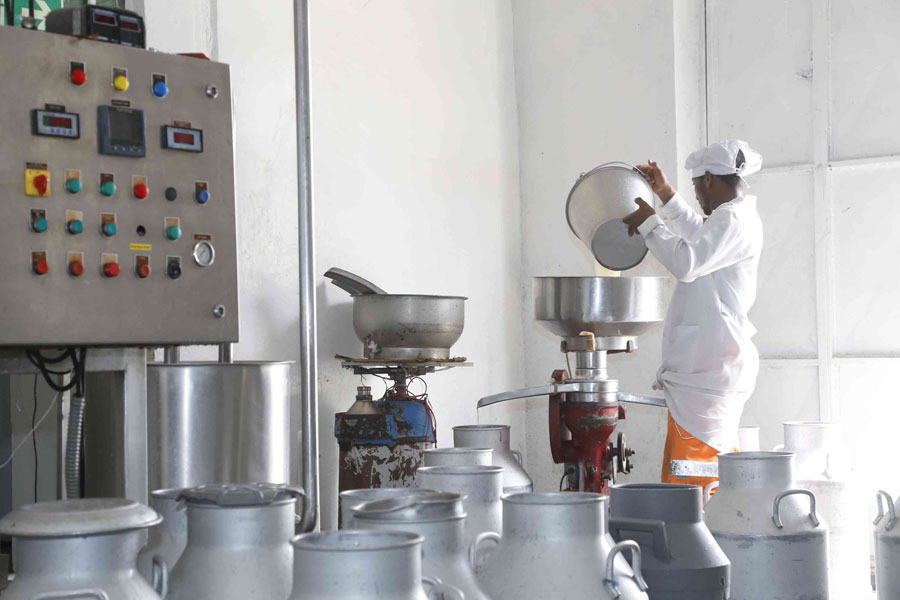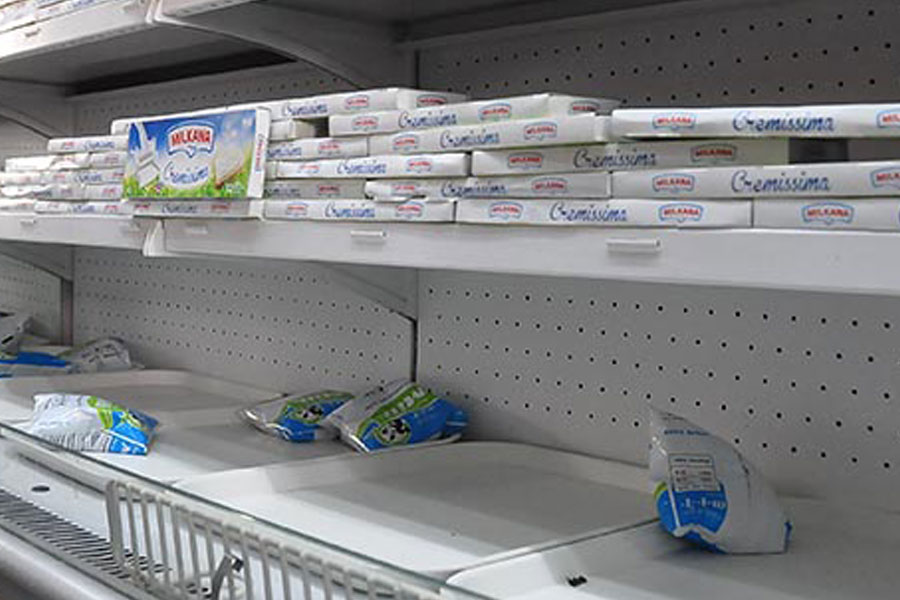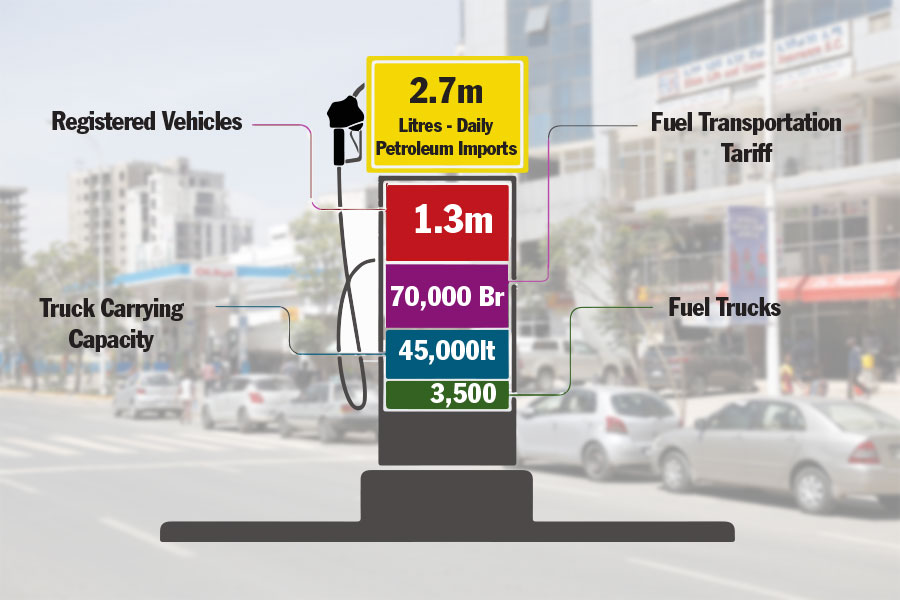
Life Matters | May 21,2022
Weeks following the Easter Holiday have been uncomfortable for consumers of milk. Although supply has never met demand, the current milk shortages have been frustrating consumers and producers who anticipated the season would bring higher demand.
Half a litre of pasteurised milk that sold for 14 Br to 15 Br is now selling for as high as 18 Br. This is if consumers can find it at their local retailer or supermarket at all.
The exasperating factor has been the rising price of chaff, Furushka, which is fed to dairy cows. Even in seasons not as dry as this one, when there is less pasture available for grazing, cows need to consume chaff made of wheat, rice or sorghum to produce milk. The lack of animal feed, combined with local Ethiopian breeds of cows that produce much less than foreign cows, has meant a deep decline in milk production.
This is a compounding factor on top of Ethiopia’s already low milk production capacity. Neighbouring Kenya, despite a lower cattle population than Ethiopia of around seven million cows compared to 11.6 million here, produces 22pc more milk by volume.
Industry insiders say that the government has ignored the milk market for too long and needs to intervene to bring the price of chaff down as well as facilitate its supply.
“I know the government has a lot on its hands at the moment but something needs to be done about the escalating price of animal feed,” said a local smallholder cattle farmer.
You can read the full story here
PUBLISHED ON
May 18,2019 [ VOL
20 , NO
994]

Life Matters | May 21,2022

Agenda | May 18,2019

Fortune News | Feb 02,2019

My Opinion | Jun 12,2021

Fortune News | Feb 25,2023

Sunday with Eden | Jun 07,2025

Fortune News | Apr 29,2023

Fortune News | Feb 12,2022

Radar | Aug 10,2019

Fortune News | May 17,2025

Dec 22 , 2024 . By TIZITA SHEWAFERAW
Charged with transforming colossal state-owned enterprises into modern and competitiv...

Aug 18 , 2024 . By AKSAH ITALO
Although predictable Yonas Zerihun's job in the ride-hailing service is not immune to...

Jul 28 , 2024 . By TIZITA SHEWAFERAW
Unhabitual, perhaps too many, Samuel Gebreyohannes, 38, used to occasionally enjoy a couple of beers at breakfast. However, he recently swit...

Jul 13 , 2024 . By AKSAH ITALO
Investors who rely on tractors, trucks, and field vehicles for commuting, transporting commodities, and f...

Jul 5 , 2025
Six years ago, Ethiopia was the darling of international liberal commentators. A year...

Jun 28 , 2025
Meseret Damtie, the assertive auditor general, has never been shy about naming names...

Jun 21 , 2025
A well-worn adage says, “Budget is not destiny, but it is direction.” Examining t...

Jun 14 , 2025
Yet again, the Horn of Africa is bracing for trouble. A region already frayed by wars...